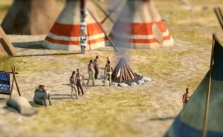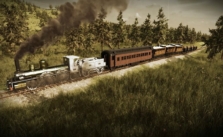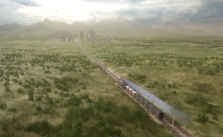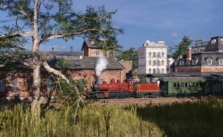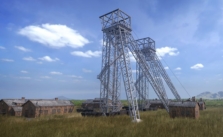Railway Empire 2: Transportation Costs and Revenues

Running a successful railway network isn’t just about laying tracks and running trains – it’s also about the numbers. It can be tricky to find the perfect balance between expenses & earnings, but that’s where this guide comes in. We’ll discuss everything from making money off freight, passengers, and mail, to how you can manage your fuel and maintenance costs effectively.
Transportation Revenues
Freight: Each wagon of freight will generate 2000 in revenue. This doesn’t depend on distance or speed of the transport.
Passengers: The ticket price for passengers varies depending on the direct distance of the trip. If a passenger changes trains, they pay a proportionate amount each time they get off a train. A passenger car can accommodate up to 40 passengers.
Mail: Like passengers, the price paid per mailbag depends on the length of the trip. A mail wagon can carry 40 mailbags.
Train Personnel: Having conductors on your trains can enhance their appeal, which can, in turn, influence ticket prices. Each passenger-carrying train requires four conductors. Similarly, security personnel boost revenue from mail and freight services, with five security guards needed for each freight-carrying train.
Transportation Costs
Fuel: Each locomotive requires fuel depending on the distance traveled. Lower consumption rates are preferable to reduce operating costs.
Maintenance: Servicing a locomotive at a station incurs maintenance costs.
Crew Costs: The more trains you operate, the more staff you’ll need. Staffing costs will therefore increase with each additional train.
Balancing Trains
After selecting a train line, you can view the financial balance of the most recent journey for each train on that line. A detailed financial balance can also be displayed for both individual trains and the entire line. Ensure your trains are operating at full capacity; a well-loaded train can offset crew, fuel, and maintenance costs.
Misc. Tips and Tricks
- Ensure your trains are fully loaded to maximize revenue and offset costs.
- Choose locomotives with lower fuel consumption to cut down on operational costs.
- Regular maintenance is crucial, but don’t forget to factor in its cost.
- Adjust your staff depending on the type of cargo (passengers or freight) your train is carrying.
- Monitor the financial balance of your train lines regularly to keep a check on profits and losses.
Remember, successful management of costs and revenues is key to expanding your railway empire!


